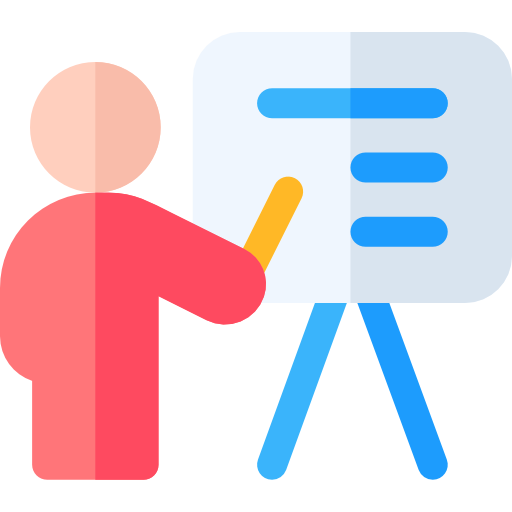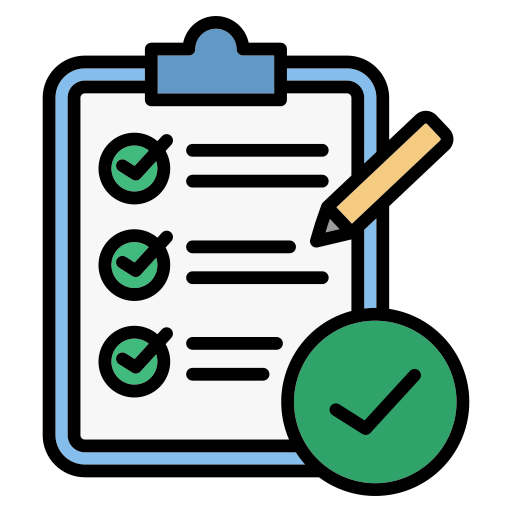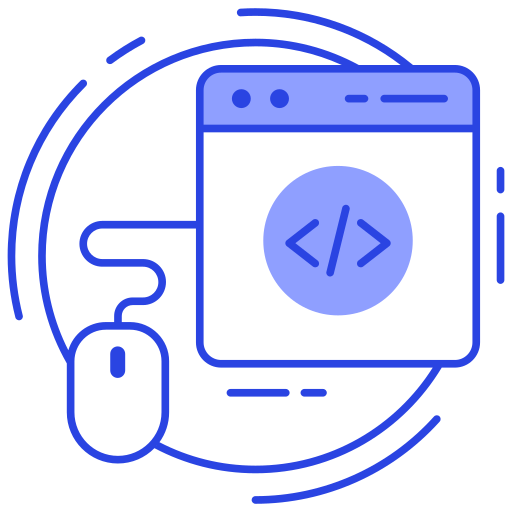netkod-bilisim / laravel-model-settings-bag
You can add simple and flexible, single or multiple settings to your Laravel models.
Installs: 90
Dependents: 0
Suggesters: 0
Security: 0
Stars: 0
Watchers: 0
Forks: 0
Open Issues: 0
pkg:composer/netkod-bilisim/laravel-model-settings-bag
Requires
- php: >=7.4
- ext-json: *
- illuminate/database: >=5.5
- illuminate/support: >=5.5
This package is auto-updated.
Last update: 2025-12-01 00:14:19 UTC
README
 Introduction
Introduction
You can add simple and flexible, single or multiple settings to your Laravel models.
 Requirements
Requirements
- PHP >= 7.4
 Install
Install
composer require netkod-bilisim/laravel-model-settings-bag:"^1"
 Integration
Integration
Single Setting
1. Add a JSON settings field to your model's migration.
create_users_table.php
Schema::create('users', function (Blueprint $table) { $table->increments('id'); $table->string('name'); $table->string('email')->unique(); $table->string('password'); $table->json('settings')->nullable(); $table->rememberToken(); $table->timestamps(); });
2. Use the trait NetkodBilisim\LaravelModelSettingsBag\ModelHasSettingsBag within your model.
User.php
use NetkodBilisim\LaravelModelSettingsBag\ModelHasSettingsBag; use Illuminate\Foundation\Auth\User as Authenticatable; class User extends Authenticatable { use ModelHasSettingsBag; // truncated for brevity.. }
Multiple
1. Add a JSON settings field to your model's migration.
create_user_template_settings_table.php
Schema::create('user_template_settings', function (Blueprint $table) { $table->id(); $table->unsignedInteger('user_id'); $table->json('settings')->nullable(); $table->rememberToken(); $table->timestamps(); });
2. Use the trait NetkodBilisim\LaravelModelSettingsBag\ModelHasSettingsBag within your other setting model.
User TemplateSetting.php
use NetkodBilisim\LaravelModelSettingsBag\ModelHasSettingsBag; use Illuminate\Database\Eloquent\Model; class UserTemplateSetting extends Model { use ModelHasSettingsBag; }
3. Use the trait NetkodBilisim\LaravelModelSettingsBag\ModelHasSettingsBag within your model.
User.php
class User extends Model { use ModelHasSettingsBag; public function templateSettings() { return $this->hasOne(User TemplateSetting::class); } }
 Usage
Usage
1.) Get all of the model's settings.
$user = App\User::first(); $user->settings()->all(); // Returns an array of the user's settings. $user->settings('template')->get(); // Returns an array of a user's template settings.
2.) Get a specific setting.
$user = App\User::first(); $user->settings()->get('some.setting'); $user->settings()->get('some.setting', $defaultValue); // With a default value. $user->settings('template')->get('layout.boxed'); $user->settings('template')->get('layout.boxed', $defaultValue); // With a default value.
3.) Add or update a setting.
$user = App\User::first(); $user->settings()->update('some.setting', 'new value'); $user->settings('template')->update('layout.boxed', 'new value');
4.) Determine if the model has a specific setting.
$user = App\User::first(); $user->settings()->has('some.setting'); $user->settings('template')->has('layout.boxed');
5.) Remove a setting from a model.
$user = App\User::first(); $user->settings()->delete('some.setting'); $user->settings('template')->delete('layout.boxed');
6.) Set the default settings for a new model.
If you define $defaultSettings as an array property on your model, we will use its value as the default settings for
any new models that are created without settings.
User.php
use NetkodBilisim\LaravelModelSettingsBag\ModelHasSettingsBag; use Illuminate\Foundation\Auth\User as Authenticatable; class User extends Authenticatable { use ModelHasSettingsBag; /** * The model's default settings. * * @var array */ protected $defaultSettings = [ 'homepage' => '/profile' ]; // truncated for brevity.. }
7.) Specify the settings that are allowed.
If you define $allowedSettings as an array property then only settings which match a value within
the $allowedSettings array will be saved on the model.
User.php
use NetkodBilisim\LaravelModelSettingsBag\ModelHasSettingsBag; use Illuminate\Foundation\Auth\User as Authenticatable; class User extends Authenticatable { use ModelHasSettingsBag; /** * The model's allowed settings. * * @var array */ protected $allowedSettings = ['homepage']; // truncated for brevity.. }
8.) Using another method name other than settings()
If you prefer to use another name other than settings , you can do so by defining a $mapSettingsTo property. This simply maps calls to the method (such as config()) to the settings() method.
User.php
use NetkodBilisim\LaravelModelSettingsBag\ModelHasSettingsBag; use Illuminate\Foundation\Auth\User as Authenticatable; class User extends Authenticatable { use ModelHasSettingsBag; /** * The settings field name. * * @var string */ protected $mapSettingsTo = 'config'; }
 License
License
This package is open source software licensed under the MIT License.
